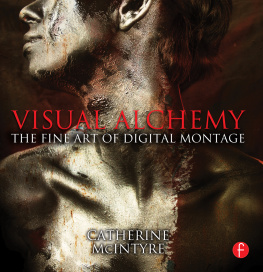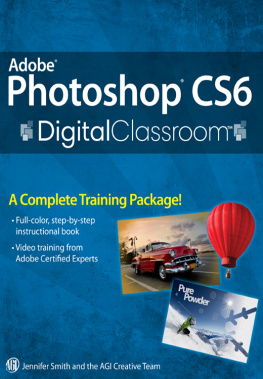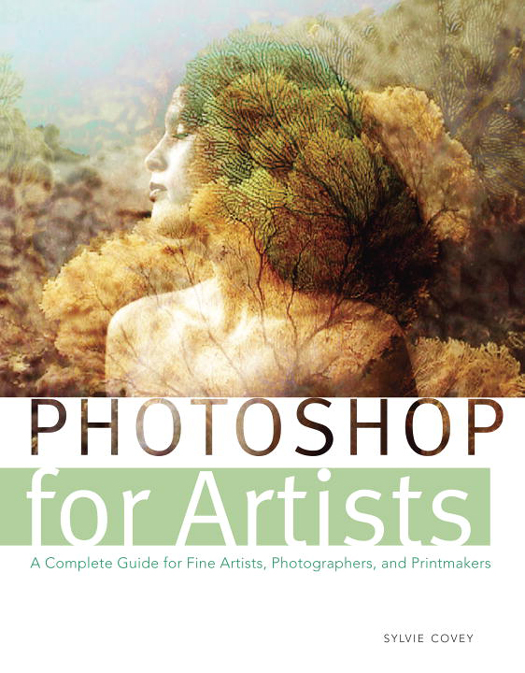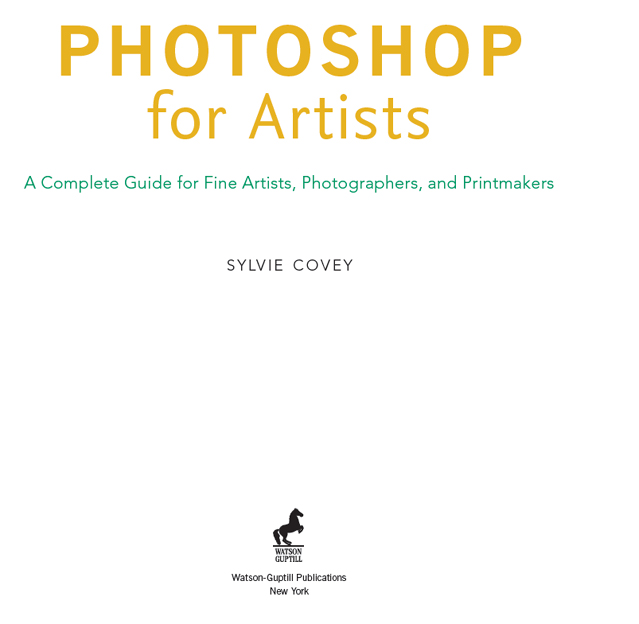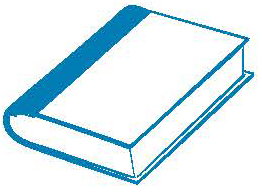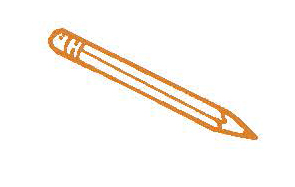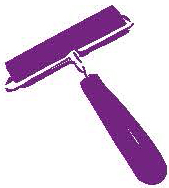Preface
The process of making art is a continuous learning experience. As a printmaker, photographer, and painter, I am always fascinated by combining mediums and techniquesperhaps, it is an attempt to celebrate, transcend, or reverse the conventions of visual languages. In todays world, we artists want to embrace new technologies, while still holding onto and combining them with more traditional methods of making art.
New techniques keep on evolving. In the past, I used to print on film and make multiple exposures in a darkroom by sandwiching negatives in slide holders and I used liquid photo emulsions and chemistry on huge canvases and papers. I also printed collotypes with gelatin and cyanotypes with the sun and used tea and coffeeas well as many other more toxic chemicalsfor toning. I was driven to learn all the languages of light and darkness.
When I discovered Photoshop, however, my life began anew with colors. I believe that although we artists want to fly with new wings, see with new eyes, and hear new sounds, we still need somehow to produce a tangible testimony of what we see, hear, and feel. Combining old and new technologies allows this tangible world to exist in whole new dimensions of expression.
Today, creating images digitally means that the possibilities for outputting them are infinite; it is the ultimate freedom. We still use our hands, our eyes, and our hearts, but with different tools, on different surfaces, and through different scales. There is no limit to what we can do.
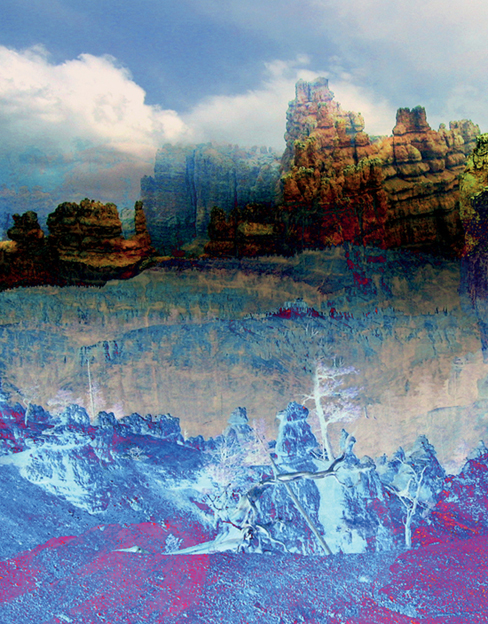
Sylvie Covey, Imagine a Land 5b (detail), digital print
Introduction
I have been a printmaker my whole life, from my beginning years in France until today, and for the last twenty years I have been working on combining photography with printmaking. I have been teaching printmaking since 1995 at the Art Students League of New York, since 1998 at the Art Center of Northern New Jersey, and since 2001 at the Fashion Institute of Technology in New York City. Writing a technical book was always on my mind, because I specialized in all of the processes related to combining photo techniques with printmaking. Later, when I started teaching Photoshop, I realized there was an even greater need to write a book for artists wanting to learn Photoshop from the point of view of a fine artist.
Photoshop has unlimited tools, and artists of all media can grow by learning to use these tools as a new way to produce art. This book is intended for professional artists (painters, photographers, and printmakers) who wish to discover digital techniques to achieve a wide variety of creative imagery.
This book is relevant both for beginners and advanced artists, because it is conceived as a series of step-by-step, easy-to-understand visual tutorials for a number of art methods. These tutorials were created on a Mac computer, but work just as well on a PC.
In the computer world, I can relate to the anxiety anyone may feel by not fully grasping a Photoshop method or function, and this is why I chose to write this book using step-by-step visual tutorials. I also chose to write the tutorials without shortcuts, repeating even simple steps word for word.
Teaching Photoshop taught me not to expect the same from each artist, but to be ready for anything. Repeating directions will burn them in your memory. I believe an artist who learns a new medium can make it his or her own. Teaching students, but also many different professional artists, over the years and understanding their interests determined the choice of tutorials in this book.
Photoshop for Artists addresses all of the special effects relevant to artists, and shows how to achieve a specific image with a specific technique. It also allows an artist to take ideas from the tutorials and apply them to his or her own work and imagery.
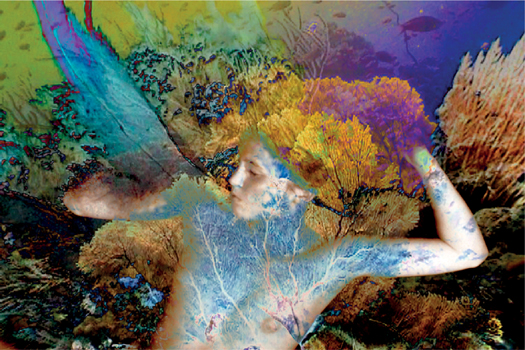
Sylvie Covey, Into the Sea 4b , digital print on canvas
Following an initial part that introduces key terms and concepts related to Photoshop, Photoshop for Artists breaks Photoshop usage into three additional major parts, the first one addressing fine artists, the second photographers, and the third printmakers, although each part bears relevance to all artists.
The book comprises twenty-eight tutorials: nine tutorials for fine artists to draw and paint digitally and fourteen tutorials for photographers. Finally, the third part of the book contains five tutorials for printmakers wishing to combine printmaking techniques with digital photography via Photoshop.
Over the years Adobe has developed many versions of its Photoshop application, which is now part of the Adobe Creative Suite. Each new version presents a few new tools or enhancements. The tutorials for this book were written using the Creative Suite 4 (CS4) version of Photoshop, but they can be applied to older or newer versions of the program. It is recommended to use CS4, CS5, or the latest version. These tutorials should apply to any Photoshop upgrades. The CS5 version includes, among other enhancements, improved Selecting and Masking, an Automated Lens Enhancement Correction, and a Content-aware Filling & Healing Brush.


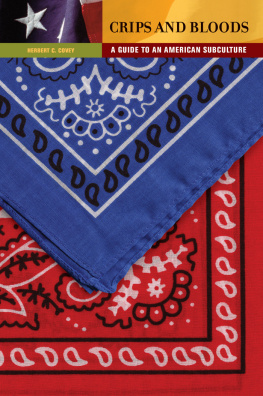
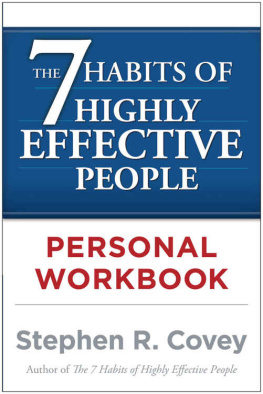
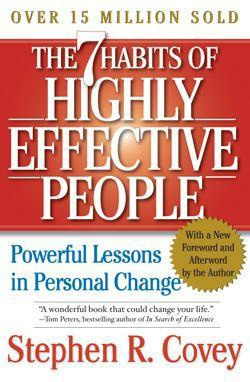

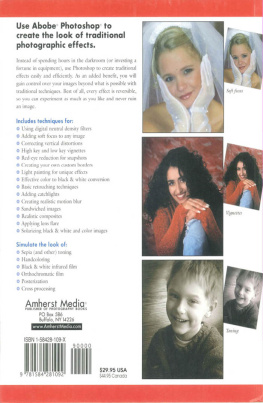
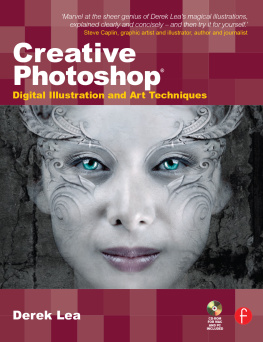
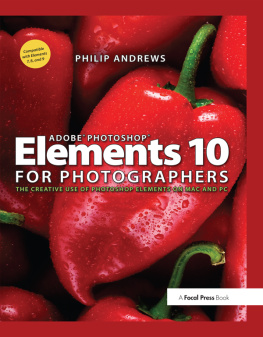

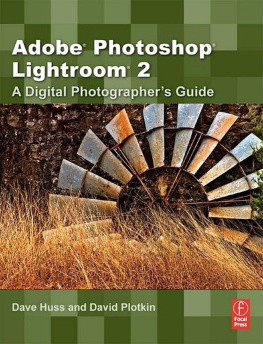
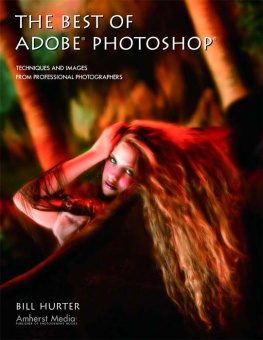
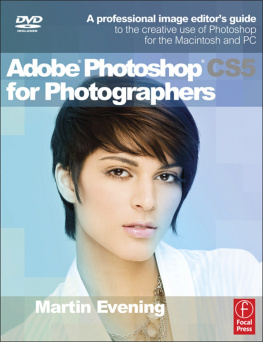
![Hammel - The artists guide to GIMP effects creative techniques for photographers, artists, and designers ; [covers GIMP 2.8]](/uploads/posts/book/138245/thumbs/hammel-the-artist-s-guide-to-gimp-effects.jpg)
